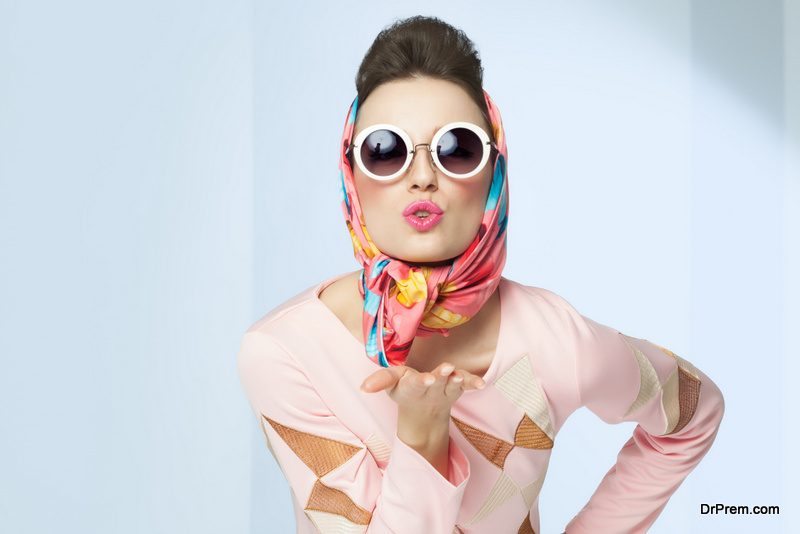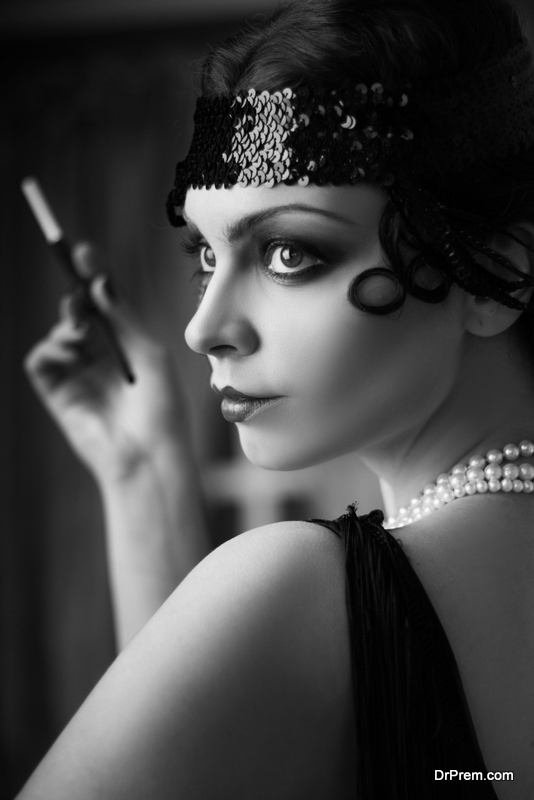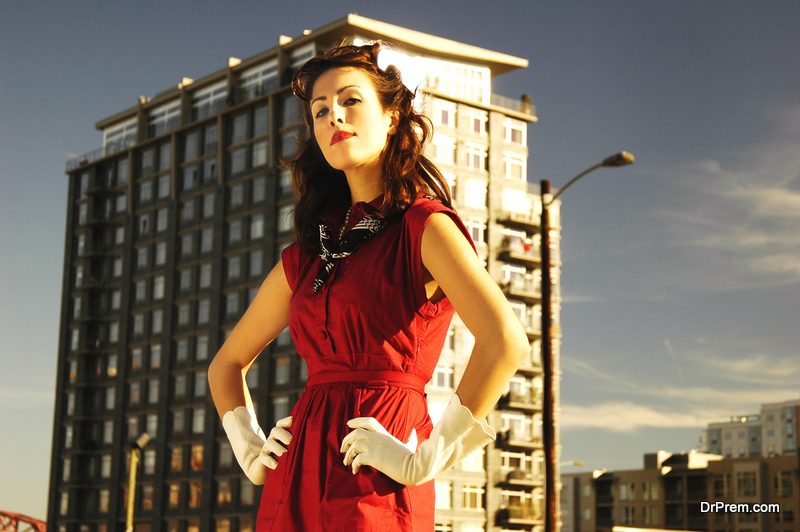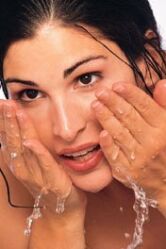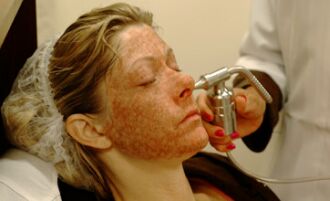There’s just something charming and nostalgic about the clothes of decades past, which may be the reason vintage fashion styles are still popular today. Many clothes today are in some form or another inspired by the garments of the past either by style or function. If you’ve ever wondered if you can pull off wearing vintage fashion styles, worry no more.
Thanks to specialty shops and even flea markets, you can easily pick up on the vintage fashion trends of today. The first step is to know which era you want to emulate best. Don’t know where to start? Below are some basic vintage fashion styles you should know about.
Before Anything Else
If you want to simply try out vintage fashion styles or want to dedicate your wardrobe to only wearing period clothing, then you need to do a closet purge. By cleaning out your wardrobe, you are able to see and remember the clothes you already have and find uses for them or ways to incorporate them into the fashion style you aspire to recreate.
You may even want to try selling your clothes online so you get extra money, which you can use to acquire new or preloved vintage pieces. Selling or donating your clothes is a good way of making sure that they get a second life in the hands of someone else.
The Roaring ’20s
Think The Great Gatsby. The 1920s were a time when women set aside restricting corsets for looser waistlines. It is an era known specifically for flappers—liberated women who wore the hair short loved listening and dancing to jazz and were openly rebellious about what was considered proper at the time. They also smoked, wore makeup, and generally did what they wanted.
The women wore dresses with a drop waist, a sash, or a belt around the hips. The hem of the skirt was almost always knee-length but never above. They wore a lot of accessories too, including jewelry, stockings, seamed stockings, purse, gloves, and walking oxfords.
There’s never a shortage of 1920s clothing and accessories anywhere. You can easily find them at flea markets, shops, and other specialty stores simply because the era was considered to be so iconic that people still look back and take inspiration from it. It was also an important blip in the radar for female empowerment, which was first sparked by the flappers at that time.
Equalizing 1930s
The 1930s was an era that usually skipped notice when it comes to fashion, but not a lot of people know that some important changes in fashion were made at that time. This period was mostly known for the war and the Great Depression, but it was also an era when people from all socioeconomic backgrounds had access to fashion.
The availability of cheaper fabrics and zippers made it cheaper to afford even for people with little means. Women worked to keep the economy running since men were out on the battlefield. That is why daytime garments were made to be functional for work and fashionable.
Clothing during that time for women involved the return of cinched waistlines, fitted skirts, blouses with frills, wide-leg trousers, lounge pants, and styles inspired by sailor and military uniforms. Escapism from the Great Depression was also common during the 1930s. In fact, many people looked up to the glamorous Hollywood style of dresses with businesses offering home dressmaking patterns so customers could emulate the look of actresses during that time.
1940s Hourglass Silhouette
World War II happened during the 1940s, but it didn’t stop fashion at all. The general look of the women for that era was about achieving an hourglass silhouette. While cinched waists are not new, accessories and clothing were made in order to help achieve that look by way of padded shoulders and high-waist blouses. Not many women are blessed with natural hourglass shapes, so those helped a lot as well.
There was also the trend of incorporating masculine and patriotic attributes in the style of clothing. While still feminine, women’s clothing was practical because a lot of women had to work during the war and provisions for fabrics were limited. In spite of the inevitable difficulties that their loved ones faced during combat overseas, women put on bright red lips to counter the gloominess of the events.
The 1940s fashion is still one of the most popular vintage fashion styles today. The era heralded the two-piece bikini and lingerie: girdle, slip, panties, seamed stockings, and bra. Overalls, jeans, high-waisted pants, victory suits, and knee-length A-line dresses defined the period.
1950s Exaggerated Fashion
This era was known for being glamorous and fun despite the war has ended and the economy still struggling. It was a time when everyone was doing their best to stabilize the country with hard work. People were seeing the promise of hard work at the end of the era.
The fashion during this time was known to be flattering to any body type, unlike that in the past eras, when women had to conform to a certain body shape or silhouette. The most prevalent styles of this period were cinched waists with either a slim-fit pencil skirt or full skirts with petticoats. It was also the time when ready-to-wear clothes were introduced and popularized.
Dior’s “New Look” revived the fashion industry and popularized styles based on the A-line look. With it were popular clothing items such as the bullet bra, waist knickers, cardigan, chiffon scarf, gloves, and the ever-glamorous red lipstick.
Do Further Reading
The eras, clothing, and accessories mentioned above are just a little preview and intro to the popular vintage style eras. If you have not yet decided which look to go for, further reading is recommended.
There is no rule when it comes to following vintage fashion styles—you can either faithfully follow one style to the letter or make it fun and mix it up by joining two or more eras in one look. The execution is up to you.
What is your favorite vintage-fashion style? Share what you like about it in the comments below.
Article Submitted By Community Writer


